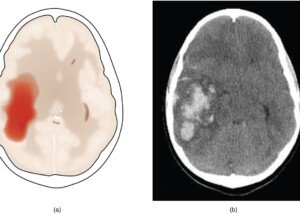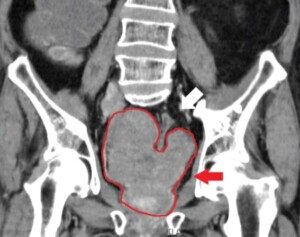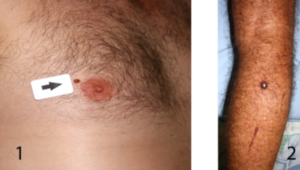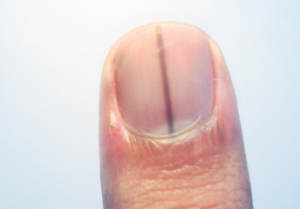
Did you recently learn that an immediate family member has an aneurysm and are wondering if you should undergo yearly MRI screenings, what with all the anxiety this would cause?
Of course, getting a clean MRI would be a huge load off your shoulders, but as the weeks draw closer to the next screening MRI, your days might end up being filled with anxiety — even if you wouldn’t mind lying inside that noisy tube for 45 minutes.
However, one thing that you should know is that cerebral aneurysms grow very slowly.
The MRI
MRI stands for magnetic resonance image.
A person whose MRI was negative for one of these bulging blood vessels isn’t going to suddenly have an outright aneurysm showing up 12 months later.
The screening, when recommended for family members, would be further apart than 12 months.
So the big question then is, should someone with a family member who’s diagnosed with a brain aneurysm undergo routine MRI screenings years apart?
“A brain aneurysm can occur in first-degree family relatives,” begins Farhan Siddiq, MD, co-medical director of Stroke and Cerebrovascular Disease, and endovascular neurosurgeon, Texas Health Fort Worth.
“Up to 10 percent of the aneurysms can be familial,” says Dr. Siddiq, a member of North Texas Neurosurgical & Spine Center, a Texas Health Physicians Group practice.
“Routine screening for first-degree family relatives of an aneurysm patient is controversial.
“We typically recommend that first-degree family relatives over the age of 25 years should have a screening MRI with MRA, particularly in a ruptured aneurysm case. There is some data to support that.
“If two or more family members have a brain aneurysm, screening of first-degree relatives over the age of 25 years is recommended.
“Screening should be done every five to 10 years. It is believed that these patients may develop an aneurysm at an early age and have a higher risk of rupture.”
Additional Brain Aneurysm Risks
High blood pressure is one of the most significant risks, as it puts added pressure on the blood vessels, increasing the likelihood of an aneurysm developing or, once it’s there, rupturing.
Other cardiovascular conditions, such as atherosclerosis (hardening of the arteries) or heart defects, can also weaken blood vessel walls, making them more susceptible to developing a bulge.
Additionally, smoking is a major risk factor because it damages blood vessels and decreases their elasticity, making them more prone to ballooning.
Excessive alcohol consumption and drug abuse, particularly the use of stimulants like cocaine, can also increase the risk of aneurysm formation due to their negative effects on blood pressure and blood vessel integrity.
Finally, certain conditions like connective tissue disorders (e.g., Marfan syndrome, Ehlers-Danlos syndrome) and polycystic kidney disease can increase the risk due to the effects these conditions have on the body’s connective tissues and blood vessels.
If you have even just one of these multiple risk factors, it’s all the more reason you should undergo a screening MRI every five to 10 years, or sooner if your physician recommends, depending on your overall medical profile and family history of a brain aneurysm.
 Dr. Siddiq is fellowship-trained in endovascular surgical neuroradiology and vascular neurology from the University of Minnesota Medical Center. His areas of special focus also include brain aneurysms and carotid disease.
Dr. Siddiq is fellowship-trained in endovascular surgical neuroradiology and vascular neurology from the University of Minnesota Medical Center. His areas of special focus also include brain aneurysms and carotid disease.
 Lorra Garrick has been covering medical, fitness and cybersecurity topics for many years, having written thousands of articles for print magazines and websites, including as a ghostwriter. She’s also a former ACE-certified personal trainer.
Lorra Garrick has been covering medical, fitness and cybersecurity topics for many years, having written thousands of articles for print magazines and websites, including as a ghostwriter. She’s also a former ACE-certified personal trainer.
.









































